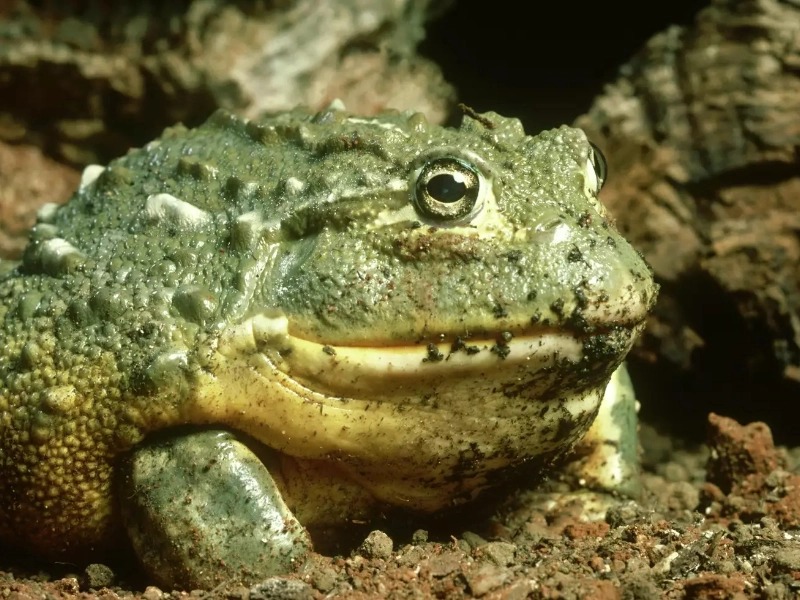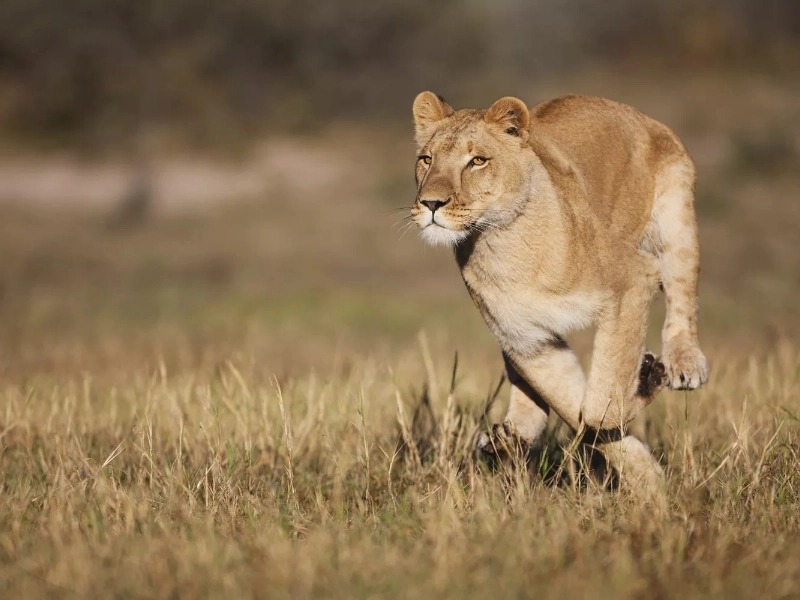
17 Animals Amazingly Adapted to Thrive in Deserts
By • Last Updated11. Kalahari Lions

The Kalahari lion (Panthera leo vernayi), a remarkable subspecies of the African lion, has uniquely adapted to thrive in the harsh conditions of the Kalahari Desert. These extraordinary animals possess both physical and behavioral traits that enhance their ability to survive and hunt effectively in an environment characterized by high temperatures and limited resources.
Physically, Kalahari lions differ from their more widely known relatives in several ways. They have longer legs and leaner bodies, which optimize their endurance and agility across the expansive desert terrain. Males, in particular, are notable for their darker manes, which not only signify their dominance but may also provide some protection from the sun’s intense rays. Given the extreme heat of the Kalahari, these physical adaptations are vital for their survival.
One of the most impressive traits of Kalahari lions is their remarkable endurance. Unlike other lion populations that often engage in cooperative hunting, Kalahari lions typically hunt alone or in smaller groups, allowing them to cover more territory in search of food. Their diet is diverse, including smaller prey such as antelope, porcupines, and birds, showcasing their adaptability in an environment where larger prey may be scarce.
In addition to their hunting strategies, Kalahari lions exhibit a high tolerance for thirst. They primarily depend on the moisture content of their prey and can go up to two weeks without drinking water. This exceptional adaptation enables them to survive without direct access to hydration, setting them apart from other lion populations. During extreme heat, Kalahari lions regulate their body temperature and conserve energy by panting and sweating through the pads of their paws, effectively cooling their blood.
Socially, Kalahari lions display unique behaviors that reflect their adaptations to desert life. By living in smaller prides, they can claim larger territories, reducing competition for food and resources. This social structure facilitates cooperation during hunts, allowing lions to work together to capture prey. The dynamics of these smaller groups are essential for their survival as they navigate their environment while ensuring the safety and well-being of their young.
Overall, the Kalahari lion is an impressive example of adaptation to desert living. Its physical characteristics, hunting methods, and social interactions highlight the resilience of this subspecies in one of the planet’s most challenging habitats. Understanding their unique adaptations is crucial for ensuring the survival of these magnificent animals, especially as conservation efforts focus on protecting them and their habitats in an ever-changing environment.